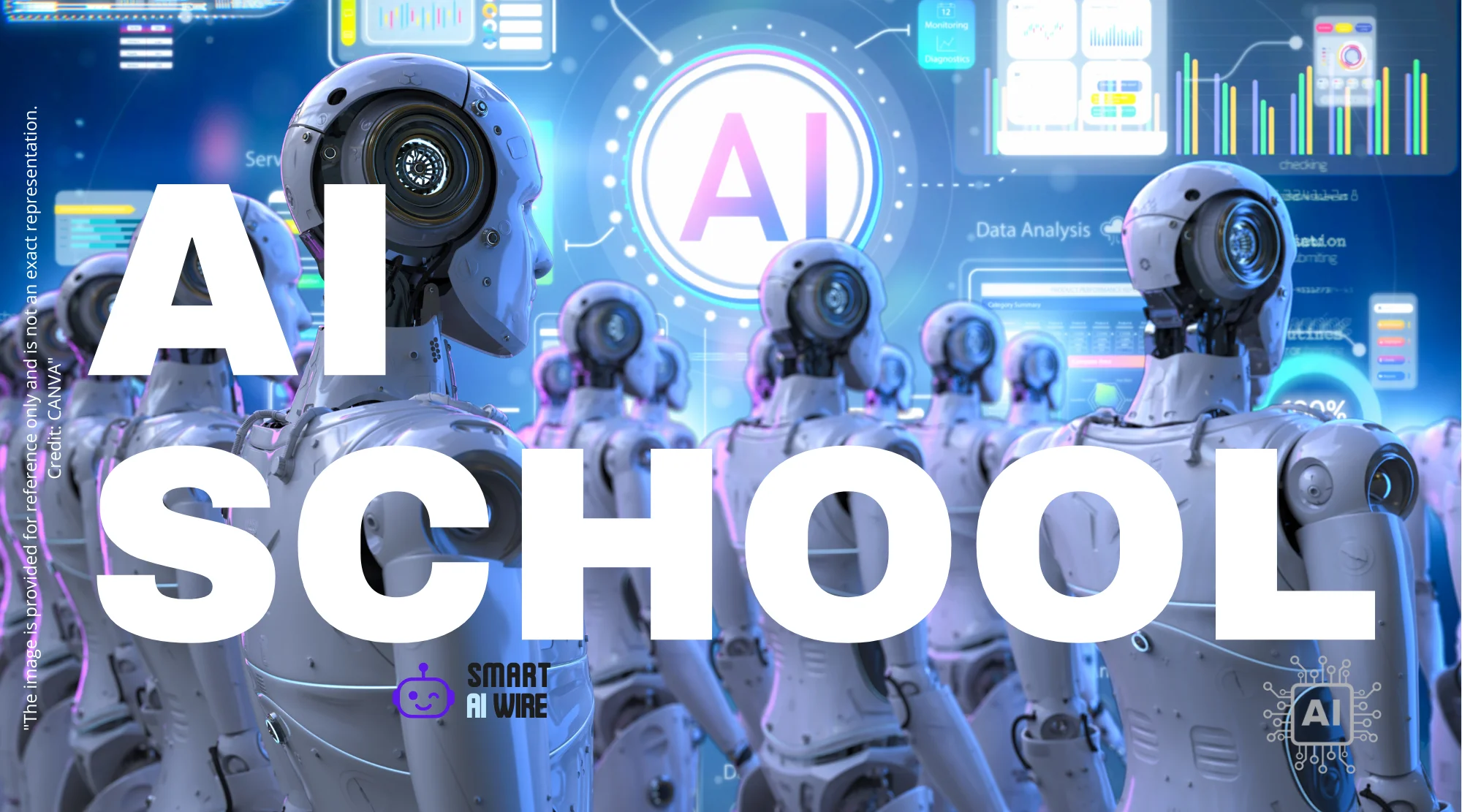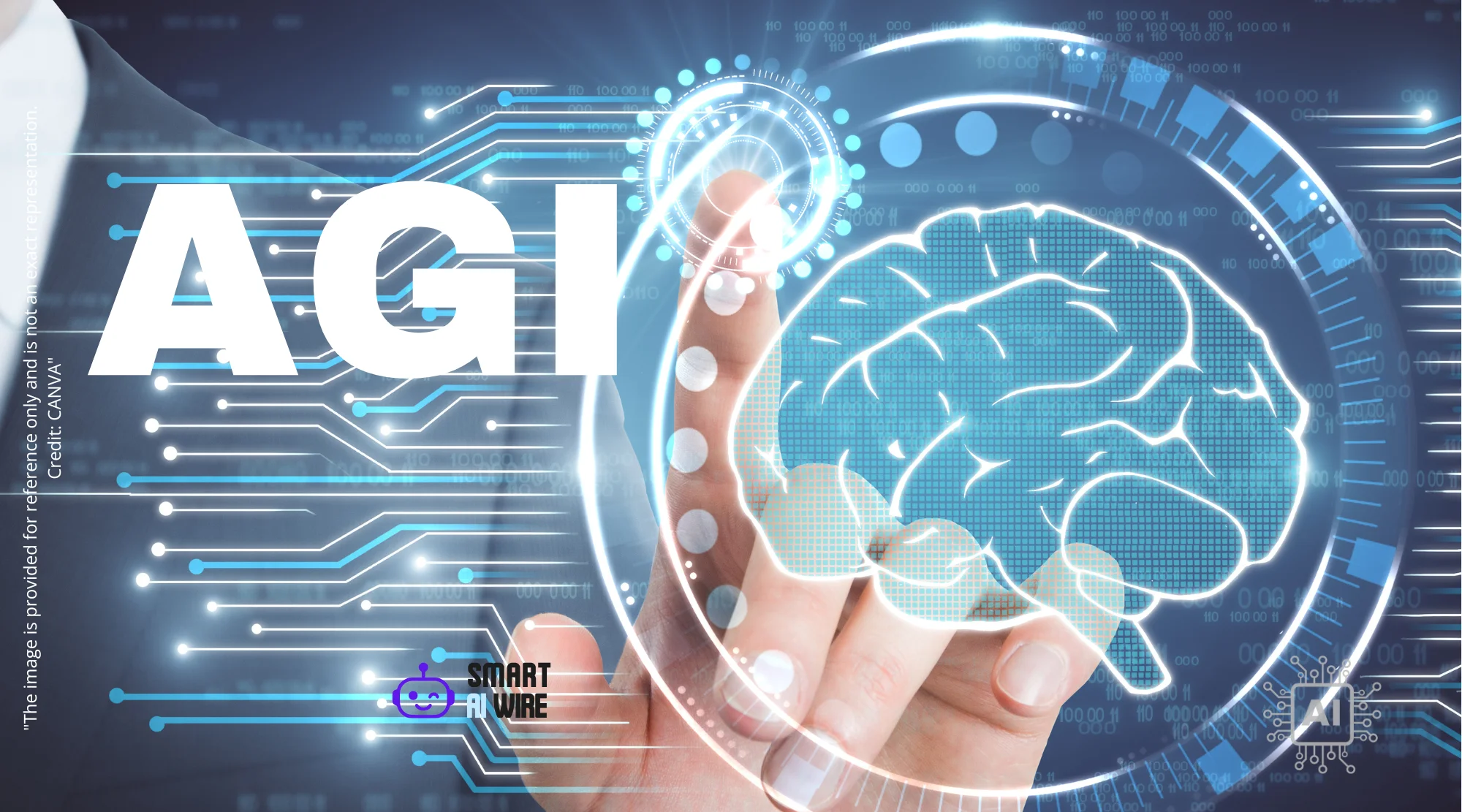The AI Revolution: How Artificial Intelligence is Transforming the Tech Workplace
The integration of artificial intelligence in the workplace is no longer a futuristic concept; it’s the current reality. Recent studies indicate a massive surge in AI adoption among tech professionals, with estimates suggesting that a significant majority are already leveraging AI tools in their daily routines. This shift is reshaping job roles, boosting productivity, and sparking innovation across various sectors. But what does this widespread adoption really mean for businesses and the future of work?
This article delves into the current state of AI integration in the tech industry, exploring the tools, strategies, and impacts of this technological revolution. We’ll examine how AI is being used to augment human capabilities, streamline processes, and ultimately, drive business growth. Whether you’re a seasoned tech veteran or just beginning to explore the possibilities of AI, understanding these trends is crucial for navigating the evolving landscape.
The Rapid Rise of AI Adoption in Tech
The sheer speed at which AI is being integrated into tech workflows is astonishing. Driven by advancements in machine learning, natural language processing, and computer vision, AI tools are becoming increasingly accessible and user-friendly. This ease of access is fueling rapid experimentation and adoption across various tech roles, from software development to data analysis and cybersecurity.

Several factors contribute to this rapid rise:
- Increased Accessibility: Cloud-based AI platforms and low-code/no-code tools are democratizing AI, making it easier for professionals without specialized AI expertise to leverage its power.
- Tangible Benefits: AI is proving its worth by automating repetitive tasks, improving decision-making, and enabling new levels of personalization and customer service.
- Competitive Pressure: Businesses are realizing that adopting AI is no longer optional but essential for staying competitive in a rapidly evolving market.
This widespread adoption is not just a fleeting trend but a fundamental shift in how tech work is performed. As AI continues to evolve, its influence will only become more pervasive, impacting every aspect of the tech industry.
Key Areas Where AI is Making a Difference
AI is not a monolithic entity; it manifests in various forms, each with its unique applications and benefits. Here are some key areas where AI is making a significant impact in the tech workplace:
- Software Development: AI-powered code completion tools, debugging assistants, and automated testing platforms are streamlining the software development lifecycle, enabling developers to write code faster and more efficiently.
- Data Analysis: AI algorithms are capable of analyzing vast datasets to identify patterns, trends, and insights that would be impossible for humans to uncover manually. This enables data-driven decision-making and improved business outcomes.
- Cybersecurity: AI is being used to detect and prevent cyberattacks, identify vulnerabilities, and automate security operations. This is particularly crucial in a world where cyber threats are becoming increasingly sophisticated.
- Customer Service: AI-powered chatbots and virtual assistants are providing personalized customer support, resolving issues quickly, and improving customer satisfaction.
- Content Creation: AI tools are assisting with various content creation tasks, such as writing articles, generating marketing copy, and creating visual content. While AI cannot replace human creativity entirely, it can significantly boost productivity.
These are just a few examples of how AI is transforming the tech workplace. As AI technology continues to advance, new applications and use cases will undoubtedly emerge.
The Impact on Software Engineering Roles
The rise of AI is causing a significant shift in the role of software engineers. While some fear that AI will replace human developers, the reality is more nuanced. AI is primarily augmenting the capabilities of software engineers, freeing them from repetitive tasks and allowing them to focus on more strategic and creative work.
According to Google’s senior director of product, software engineering jobs are evolving in the AI era. The focus is shifting from writing code to designing systems, training AI models, and integrating AI into existing applications.

Here are some key changes:
- Increased Emphasis on AI Skills: Software engineers are increasingly required to have skills in areas such as machine learning, natural language processing, and data science.
- Focus on System Design and Integration: As AI automates more coding tasks, software engineers will need to focus on designing complex systems and integrating AI components into existing infrastructure.
- Collaboration with AI: Software engineers will need to learn how to effectively collaborate with AI tools, leveraging their capabilities to improve productivity and code quality.
- Ethical Considerations: As AI becomes more prevalent, software engineers will need to consider the ethical implications of their work, ensuring that AI systems are used responsibly and do not perpetuate bias or discrimination.
The shift in software engineering roles presents both challenges and opportunities. Those who embrace AI and develop the necessary skills will be well-positioned to thrive in the evolving tech landscape. This makes resources like Become a Prompt Engineer: Skills, Tools & Learning Path and Prompt Engineer: Your Guide to AI’s New Frontier valuable to those looking to upskill.
Addressing Concerns and Misconceptions
Despite the numerous benefits of AI, some concerns and misconceptions surround its adoption in the workplace. It is important to address these concerns to ensure a smooth and equitable transition to an AI-powered future.
- Job Displacement: One of the biggest fears is that AI will lead to widespread job displacement. While AI will undoubtedly automate some tasks currently performed by humans, it will also create new jobs in areas such as AI development, maintenance, and ethical oversight. It’s important to analyze Will AI Take My Job? Identifying Safe and Vulnerable Roles and AI Job Shift 2025: Statistics & Reality of Workplace Transformation.
- Bias and Discrimination: AI algorithms can perpetuate bias if they are trained on biased data. This can lead to discriminatory outcomes in areas such as hiring, lending, and criminal justice. It is crucial to address bias in AI data and algorithms to ensure fairness and equity.
- Lack of Transparency: Some AI systems are “black boxes,” making it difficult to understand how they arrive at their decisions. This lack of transparency can raise concerns about accountability and trust.
- Security Risks: AI systems can be vulnerable to cyberattacks, and malicious actors can use AI to automate and amplify their attacks. It is important to implement robust security measures to protect AI systems from harm. Look into Shadow Leak: How Hackers Used AI to Steal Data from Gmail (and How to Protect Yourself).
Addressing these concerns requires a multi-faceted approach that includes:
- Investing in Education and Training: Providing workers with the skills they need to adapt to the changing job market.
- Promoting Ethical AI Development: Establishing ethical guidelines and standards for AI development and deployment.
- Ensuring Transparency and Accountability: Making AI systems more transparent and accountable.
- Strengthening Cybersecurity: Protecting AI systems from cyberattacks.
By addressing these concerns proactively, we can harness the power of AI for good while mitigating its potential risks.
Strategies for Successful AI Integration
Successfully integrating AI into the workplace requires a strategic and thoughtful approach. Here are some key strategies to consider:
- Start with a Clear Business Goal: Before implementing AI, identify a specific business problem you want to solve or an opportunity you want to seize.
- Choose the Right AI Tools: Select AI tools that are appropriate for your specific needs and resources.
- Build a Strong Data Foundation: AI algorithms require high-quality data to function effectively. Invest in building a strong data foundation and ensuring data quality.
- Foster a Culture of Experimentation: Encourage employees to experiment with AI tools and explore new ways to leverage their capabilities.
- Provide Adequate Training and Support: Provide employees with the training and support they need to use AI tools effectively.
- Monitor and Evaluate Results: Continuously monitor and evaluate the results of your AI initiatives, making adjustments as needed.
- Prioritize Explainable AI (XAI): Choose AI solutions that offer transparency and explainability in their decision-making processes. This is crucial for building trust and ensuring accountability.
By following these strategies, businesses can increase their chances of successfully integrating AI into their operations and reaping its benefits.
The Future of AI in the Tech Industry
The future of AI in the tech industry is bright. As AI technology continues to evolve, we can expect to see even more innovative applications and use cases emerge. Here are some key trends to watch:
- Increased Automation: AI will continue to automate more tasks across various tech roles, freeing up humans to focus on more strategic and creative work.
- AI-Powered Personalization: AI will enable new levels of personalization in areas such as customer service, marketing, and product development.
- AI-Driven Innovation: AI will accelerate the pace of innovation by enabling new discoveries and breakthroughs in various fields.
- The Rise of AI Agents: We will see the emergence of AI agents that can autonomously perform complex tasks and manage entire workflows.
- Edge AI: AI will increasingly be deployed on edge devices, such as smartphones and IoT devices, enabling real-time processing and reduced latency.
As AI becomes more pervasive, it will fundamentally reshape the tech industry and the way we work. Embracing AI and developing the necessary skills will be essential for success in the future.
Conclusion: Embracing the AI-Powered Future
The integration of artificial intelligence in the workplace is a transformative force that is reshaping the tech industry. While there are legitimate concerns about job displacement and ethical considerations, the potential benefits of AI are undeniable. By embracing AI and adopting a strategic approach to its implementation, businesses can boost productivity, drive innovation, and create new opportunities for growth. The future belongs to those who can harness the power of AI to augment human capabilities and solve complex problems. It’s time to embrace the AI-powered future and unlock its full potential.




One thought on “AI in the Workplace: How Tech Professionals Are Using It Now”